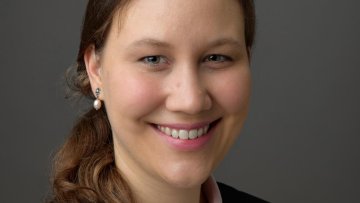Equal Opportunity Cities (this lecture is open to everyone)
Using data from four continents, we show that diversity of consumption and of diversity of social exposure are perhaps the single most powerful predictor of life outcomes such as increasing neighborhood GDP, increasing individual wealth, and promoting intergenerational mobility, even after controlling for variables such as population density, housing price, and geographic centrality. The effects of diversity in promoting opportunity are causal, and inequality in opportunity stems more from social norms that promote segregation than from physical segregation. Policies to promote more equal opportunities within cities seem practical.
You can register here. Everyone is welcome.



